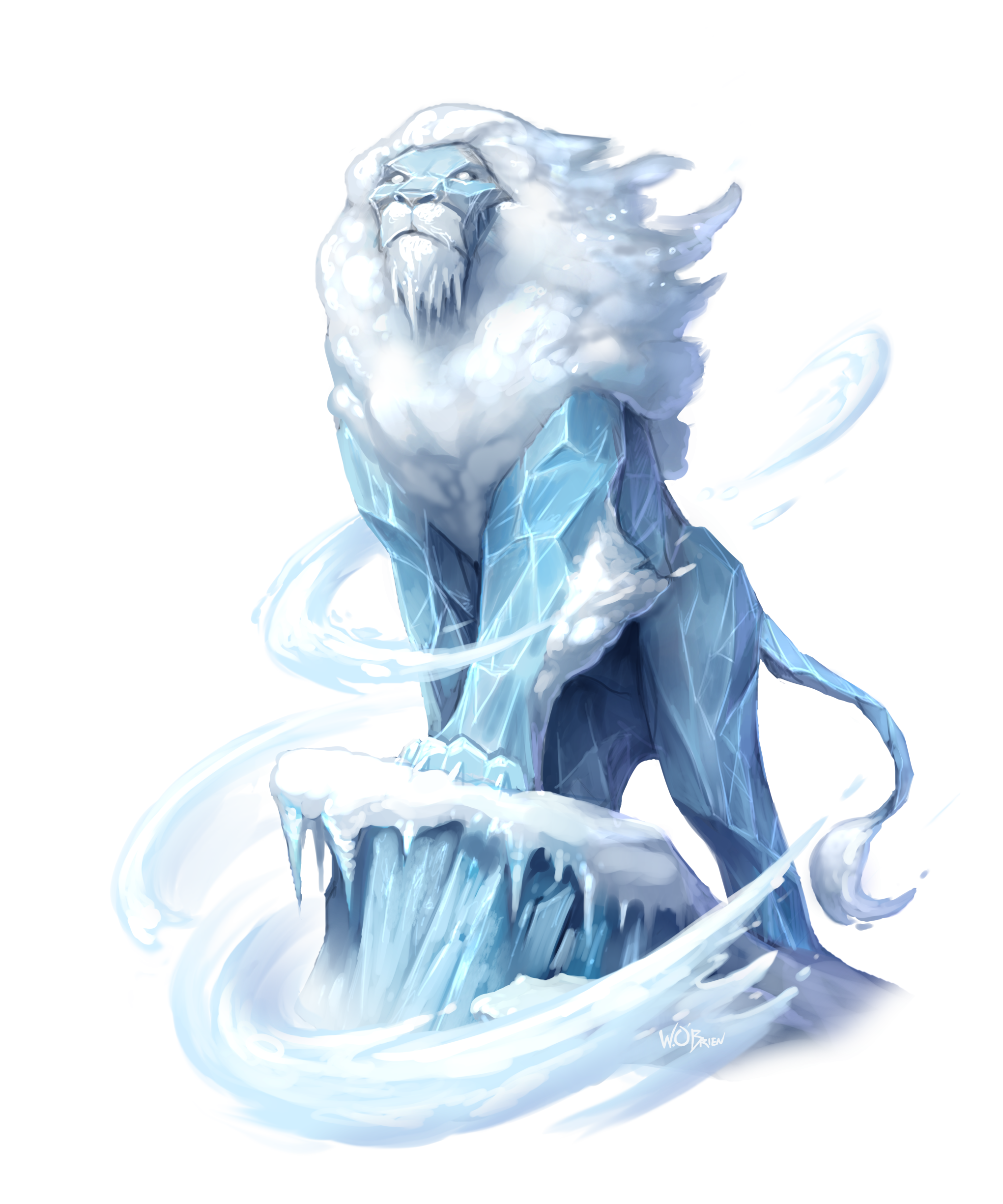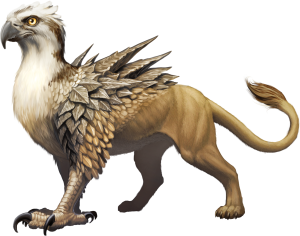
Some monsters are bags of hit points, and it can be fun to stand around and hit them until they explode into XP. But if a monster has a weak point—some trick to exploit—a combat encounter takes on a new feel.
Monster weaknesses can deepen an encounter, making it more fun and more memorable. Let’s take a look at how those are implemented, and try out some new ideas with Tome of Beasts 3 monsters (the PDF is now available in the Kobold store!)
If this is all new to you, check the first installment of Monster Weaknesses for more explanation.
Discovering Weaknesses
Monster weaknesses can be discovered in a variety of ways, in the moment while fighting, or by doing research before combat starts. How you enable finding these weaknesses can be its own adventure.
Discovery in the Moment
Discovering weaknesses in the moment can arise in a number of ways. The most common are via experimentation or experience.
Experimentation. During the normal course of combat, a character can do something or try something that triggers or exploits a monster’s weakness. When this happens, tell players unambiguously that something unusual occurred and what they believe caused it.
Once a weakness is discovered, all characters who witnessed it are now aware of it. For example, the party is wandering through an abandoned gnomish dungeon and a gearmass attacks from the darkness. If the wizard suddenly casts a grease spell to slow its approach, they might also discover that oily grease on the floor nullifies the gearmass’s Rust Metal trait as the oil and acid mix within the creature’s outer skin.
Some weaknesses require a character to use their reaction to respond to a creature’s action. If a character is in a situation where they could feasibly use their reaction to exploit a creature’s weakness and are proficient in a relevant skill, you can allow them to make a free action skill check (as determined by the Weakness Discovery Table) where the DC is equal to 10 + the CR of the creature to try to discover the weakness.
Experience. Many weaknesses are based on creature anatomy or biology and may simply be apparent to skilled heroes. You can call for a skill check (as determined by the Weakness Discovery Table) where the DC is equal to 10 + the CR of the creature by a character proficient in the relevant skill. For example, a druid character proficient in Nature who rolls a 12 on an Intelligence (Nature) check might recall their grandfather telling them stories about blowing into the skull of a razorfeather raptor (CR 2) to imitate distress calls to lead the beasts away. When recalling weaknesses this way, characters can only recall the weaknesses of monsters with a CR equal to or below their level.
Weakness Discovery Table
| Type of Check | Type of Creature |
| Intelligence (History or Investigation) | Giants, Humanoids |
| Intelligence (Arcana) | Aberrations, Constructs, Dragons, Elementals, Fey, Oozes |
| Intelligence (Nature) | Beasts, Dragons, Elementals, Fey, Monstrosities, Oozes, Plants |
| Intelligence (Religion) | Celestials, Fiends, Undead |
Note. You can change the skills associated with the types of monsters at your discretion.
Discovery Through Research
Characters can research weaknesses by talking to knowledgeable NPCs, reading books and tomes, using divination spells, or from their own history. When gaining information from NPCs, keep in mind that knowledge is valuable! Many NPCs require payment in information, treasure, or quests in exchange. Characters can make Intelligence (Investigation) checks when researching a weakness in books and tomes, where the DC is equal to 10 + the creature’s CR.
Using Weaknesses as Quests
Discovering the weakness of a formidable foe can be a whole adventure in itself. Below are two examples of how to turn a weakness hunt into an entire quest.
Quest 1: Alke Troubles (Level 3 to 4)

A village is troubled by a ferocious alke that eats the livestock and recently killed a full wagon of people bringing in supplies. People in the village are growing desperate as food is running low.
The mayor hires a group of adventurers to find and kill the alke, but warns them that the last group he hired never returned. He suggests speaking with an old herbalist that lives on the edge of town for guidance. The adventure might proceed as follows:
- The herbalist needs some convincing to share his hard-earned experience with the party. He asks them to resolve a dispute with some local outlaws who refused to pay him for services rendered.
- After resolving the problem, the party returns to the herbalist who explains that in the ancient days, hunters used the alkes’ own back spikes as arrows to hunt down the mighty creatures. It seems they have a particular weakness:
A Cut Above. The alke is vulnerable to piercing damage from weapons crafted from its back spikes. The alke cannot take its Repelling Spikes reaction to avoid attacks from such weapons. - The mayor, the blacksmith, and the party form a plan to lure out the alke from its lair so the party can sneak in and gather up spikes from its nest that may have fallen loose. The local blacksmith quickly fashions them arrows or spears made from these spikes.
- The party becomes alerted that the alke finished the lure and chased the mayor and a few other civilians into a barn where they’ve become trapped. The party brandishes their new weapons, exploits the monster’s weakness, and saves the day.
Quest 2: A Glacial Encounter (Level 6 – 7)
In the far north where nomads travel the arctic expanse, the party must find something deep in a frozen cave network. When they arrive, they discover the entrance tunnel is guarded by a fearsome glacial crawler.
- The party attempts to enter the cave and discovers they are outmatched by the glacial crawler. A group of arctic nomads rescues the party by distracting the monster and helping them escape.
- The party is invited to find shelter with the nomads. The elder tells a legend of a clever nomad who drank the milk of a gnyan to hide his heat from the glacial crawler. The elder knows myths about where one such gnyan might live atop an ice floe. The glacial crawler’s weakness can be as follows:
Limited Heat Sense. The glacial crawler cannot use its blindsight to sense the presence of creatures that have drunk a gnyan’s glorious milk within the past 8 hours. - The party travels to the ice floe to find the gnyan only to discover that it is being tormented by a floe hag and her swarm of ice borers. The party must deal with the hag to rescue the gnyan.
- The gnyan provides the party with its glorious milk, which they can use to sneak into the cave (though they must still find a way to overcome the glacial crawler’s tremorsense).
Next Up
We’ll look at examples of and how to implement social weaknesses.
<<PREVIOUSLY IN MONSTER WEAKNESSES


